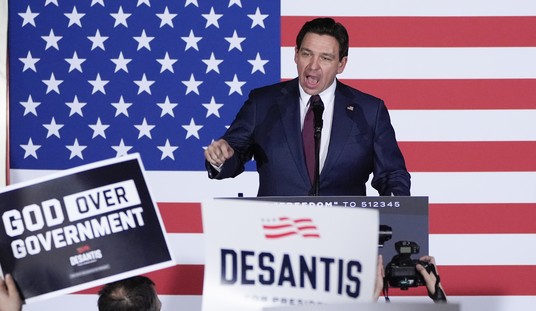In case you missed it – and judging by the content of the news cycle lately, you may well have – there has been some progress in the long delayed Keystone XL pipeline project. The progress is in the form of the last permits being approved for at least one of the three major sections of the pipe. This just in from Canada.
Houston, Texas – July 27, 2012 – TransCanada Corporation (TSX, NYSE: TRP) (TransCanada) today announced it has now received the final of three key permits needed from the U.S. Army Corps of Engineers in order to advance the 485-mile (780-kilometre (km)) Gulf Coast Project. With the permit from the Fort Worth, Texas Army Corps district added to previously received permits from the Galveston, Texas and the Tulsa, Oklahoma districts, TransCanada is now in a position to start construction of the oil pipeline in the coming weeks.
“Receiving this final, key Army Corps permit for the Gulf Coast Project is very positive news. TransCanada is now poised to put approximately 4,000 Americans to work constructing the US$2.3-billion pipeline that will be built in three distinct ‘spreads’ or sections,” said Russ Girling, TransCanada’s president and chief executive officer. “The Gulf Coast Project will contribute millions in property taxes to counties in Oklahoma and Texas, money that can be used to build roads, schools and hospitals.”
The pipeline will transport growing supplies of U.S. crude oil to meet refinery demand in Texas. Gulf Coast refineries will be able to access lower-cost domestic production and avoid paying a premium to foreign oil producers, reducing cost and the United States’ dependence on foreign crude oil.
So… good news, right? Environmental challenges have been answered, political blockades hurdled (at least for the moment) and permits have been issued. The changes to the overall business arrangement have been quite favorable to the United States, since our own oil will also be traveling to Gulf Coast refineries, along with Canadian synthetic crude from the oil sands fields. The potential for jobs is very encouraging. So have all the challenges been met and can we close the books on this one? Not quite. There are three primary legs to the full route which are under scrutiny from both sides of the border, and each of them has a few wrinkles left in the fabric.
The first is the Canadian leg leading from the oil sands fields in Alberta to the border crossing at Nebraska.(EDIT) This should have been a done deal by now, but the environmental groups are not going down without a fight. Lobbyists are already pressuring the government to expand the scope of the environmental review process significantly to “address indirect issues of climate change.” That language alone should be enough to tell you that if the government caves, it could drag on for decades of “research.”
The next stretch is the Nebraska Re-Route. Governor Heineman appears set to agree to the new layout which bypasses the Sandhills region, but he may be hogtied by the Nebraska Department of Environmental Quality. The DEQ is demanding that TransCanada release proprietary information about the chemical properties of the diluted bitumen which will flow through the pipes. This is a tactic employed very successfully by natural gas obstructionists in the United States and could hang up the entire deal if a judge gets involved.
And finally we have the Gulf Coast Project, referenced in the article featured at the top of this column. This one sounds like it’s the closest to coming to fruition, but opponents have a few cards left to play. Even though the President claims to be on board and the U.S. Army Corps of Engineers has signed off on their permits, there is yet another, less discussed approval required. This one is from the U.S. Fish & Wildlife Service, (no… I’m not kidding.) and so far they’ve been dragging their feet. Further, our old friends at the Sierra Club are back in court for the umpteenth time, challenging the ACoE’s issuance of the required nationwide permit. All it will take there is for one federal judge to issue an injunction and we’re back to square one of the waiting game.
The politics of the pipeline could still poison the deal as well. Any concrete action will take time to get moving in full gear and there’s only about 100 days until the election. In the event that Barack Obama wins a second term, would he remain as “enthusiastic” about seeing the project move forward? Permits, once issues, may still be recalled if “new questions” arise or “further study” is deemed necessary.
No, things are far from settled, at least as I read the tea leaves. This is some positive news, to be sure, and we should be encouraging Washington to move forward briskly. But I’d hardly call it a iron lock yet. Stay tuned.
EDIT: (Jazz) Thanks to our sharp eyed readers who noted that the American leg doesn’t actually start in Nebraska. However, the next court contested section referenced takes place there. Thanks.








Join the conversation as a VIP Member